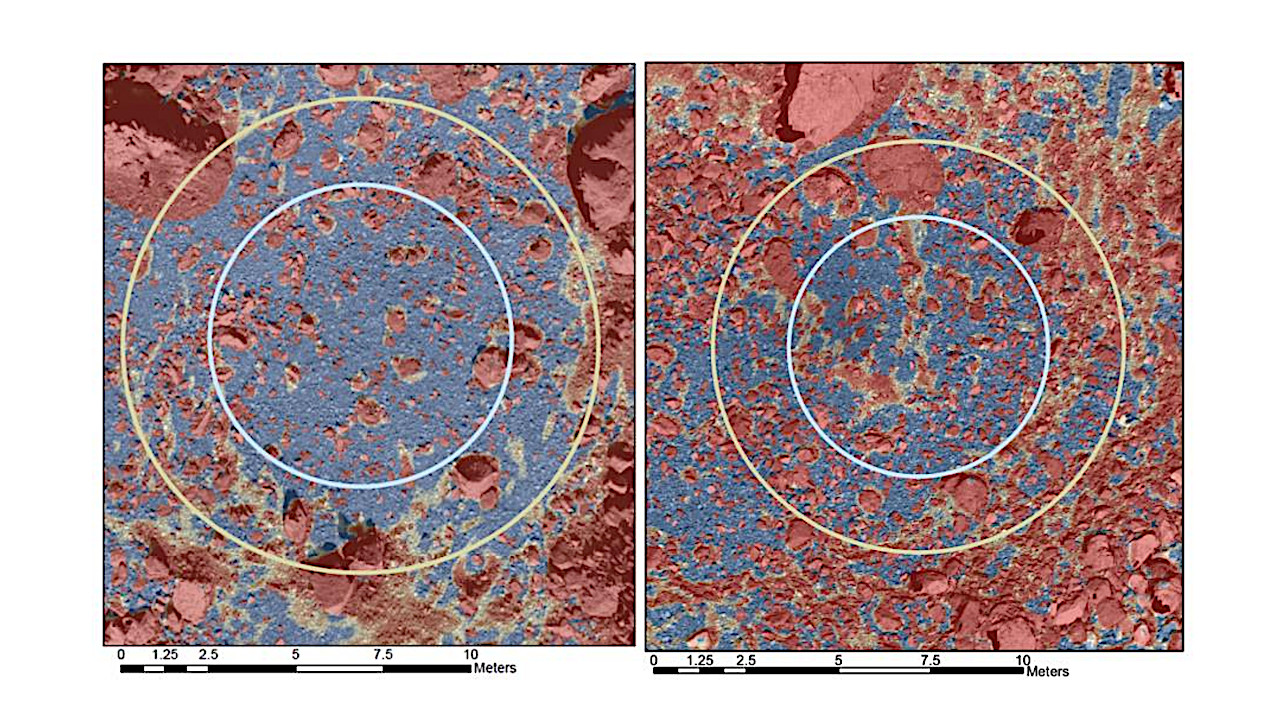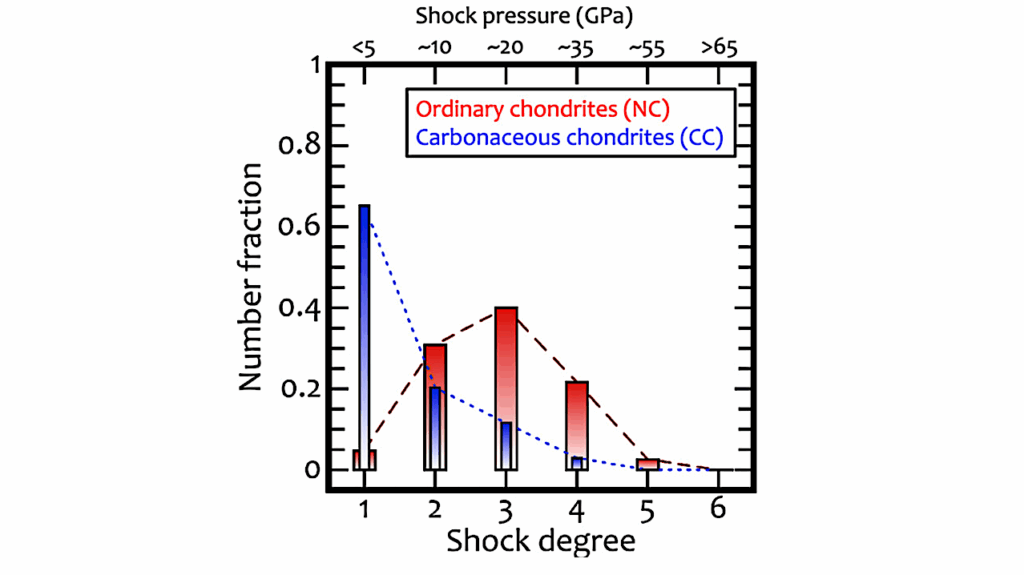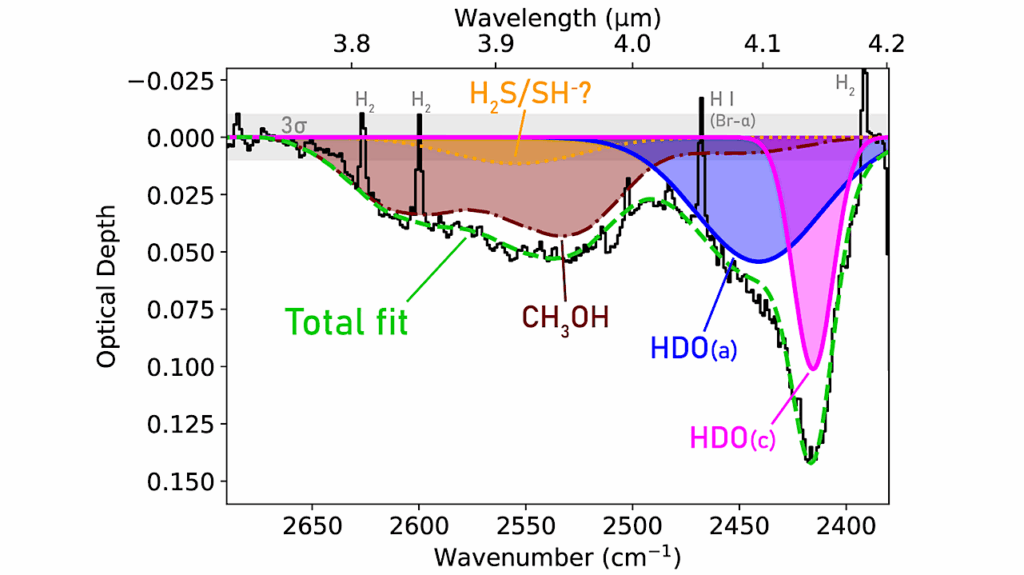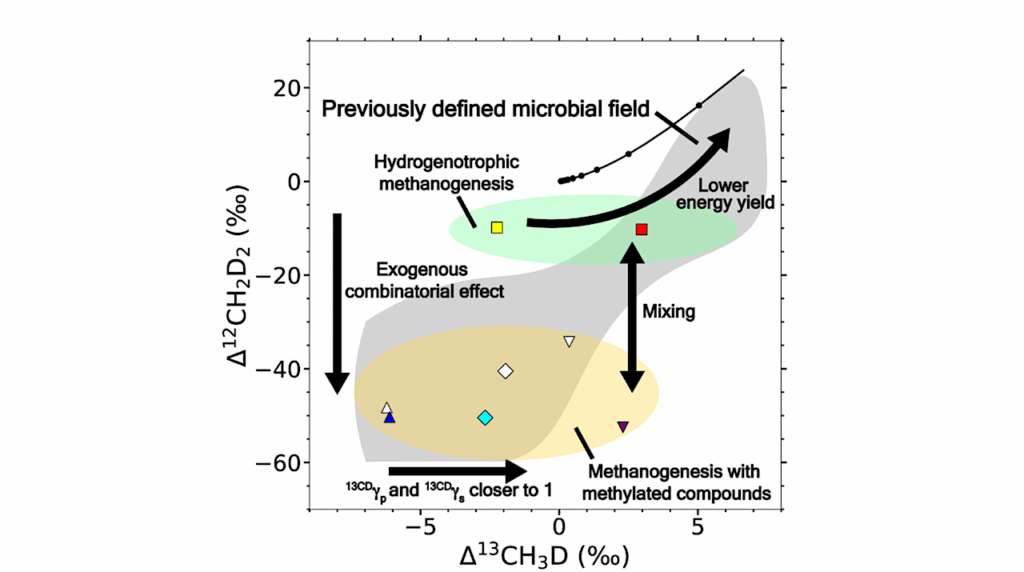OSIRIS-REx Operational Key Decision Points: A Retrospective

OSIRIS-REx, NASA’s first asteroid sample return mission, rendezvoused with the near-Earth asteroid Bennu in 2018 and delivered a 121.6-gram sample to Earth in 2023, the largest amount of material ever recovered from a planetary body beyond the Moon.
The operations phase of OSIRIS-REx was considered the most challenging robotic mission that NASA had undertaken, owing to the tight constraints on spacecraft performance and the microgravity environment.
In preparation for the sample collection and return campaign, the mission leadership defined four operational key decision points (OKDPs) at critical junctures: sample site selection, rehearsal and execution of the sample collection maneuver, sample stow, and Earth return.
This publication examines these OKDPs in depth, inclusive of rationale, implementation, decision processes, and efficacy.
We also review other decisions that enabled mission success despite the unexpectedly rugged nature of Bennu’s surface. This information should be beneficial for future challenging operational concepts where science-in-the-loop, time-critical decision making is integral to success.

TAG sequence of events and rehearsal termination points — astro-ph.EP
Rich Burns, Dante S. Lauretta
Comments: 14 pages, 15 figures
Subjects: Earth and Planetary Astrophysics (astro-ph.EP); Instrumentation and Methods for Astrophysics (astro-ph.IM)
Cite as: arXiv:2505.14632 [astro-ph.EP] (or arXiv:2505.14632v1 [astro-ph.EP] for this version)
https://doi.org/10.48550/arXiv.2505.14632
Focus to learn more
Submission history
From: Dante Lauretta
[v1] Tue, 20 May 2025 17:24:06 UTC (1,570 KB)
https://arxiv.org/abs/2505.14632
Astrobiology,








